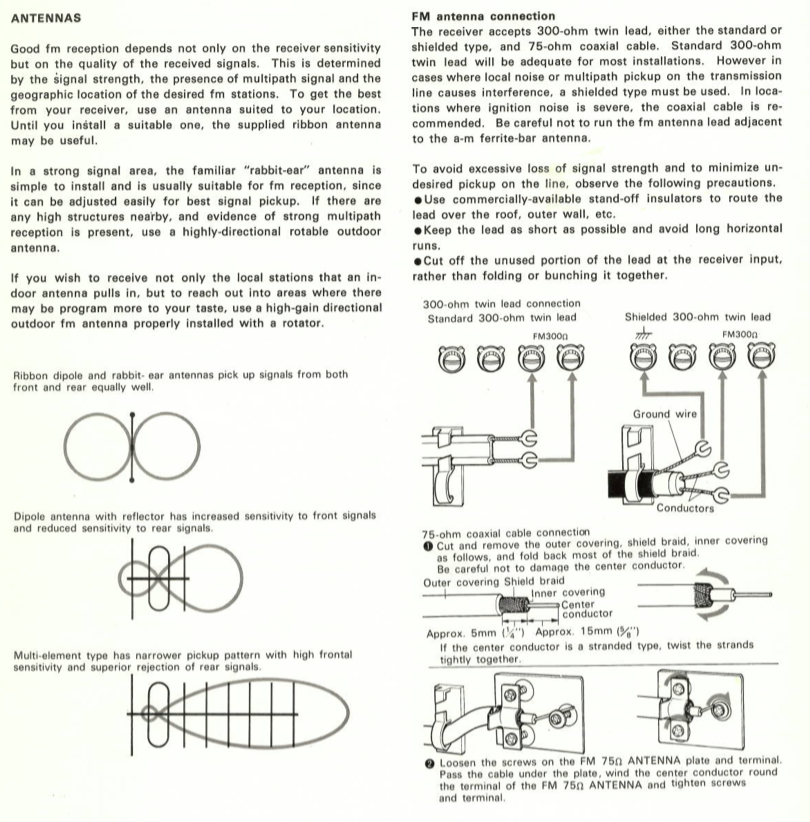I own an old SONY radio / amplifier, model STR-7800SD. I opened it and I saw a resistor between one of the AC lines and the chassis. The funny thing is that it has a REVERSIBLE 2-prong plug! So, I found its service manual on hifiengine.com and here's the schematic for the power supply part:
 I had assumed that the resistor was between neutral and chassis, but when I looked at the schematic, I saw that the power switch S11 would also be on the neutral.
The other alternative is that the power switch is on the hot (phase), but then the 1 M-ohm resistor would be between phase and chassis!
Or, perhaps it doesn't matter since the prong is reversible?
I had assumed that the resistor was between neutral and chassis, but when I looked at the schematic, I saw that the power switch S11 would also be on the neutral.
The other alternative is that the power switch is on the hot (phase), but then the 1 M-ohm resistor would be between phase and chassis!
Or, perhaps it doesn't matter since the prong is reversible?
I have tried the following forums, but there doesn't seem to be any consensus:
https://audiokarma.org/forums/index.php?threads/what-is-the-purpose-of-this-resistor.761888/
https://www.antiqueradios.com/forums/viewtopic.php?f=6&t=288638
To summarize:
The plug is a 2-prong non-directional, not grounded. From a general user's perspective, there is no way to tell which prong is neutral and which one is hot, so it can be plugged in any direction. Of course, from an engineer's perspective, I can trace the prongs and wires back to the inside and see where they connect, then I can mark the prongs, but I don't think SONY intended for general users to do this.
AFAIK, mains power switches are on the hot line (but it's not the case here)
AFAIK, fuses are on the hot line (which is the case here)
My questions are:
- What is the purpose of the resistor?
- Is it safe to use this amplifier, no matter which way the plug is inserted into the outlet?
- If it's not safe, can it be made safer by replacing the 2-wire and 2-prong with a 3-wire and 3-prong, properly grounded plug that can only be inserted in one direction into a modern grounded outlet? Would I connect the hot to the top line marked ORG (orange), the neutral to the bottom line marked WHT (white), and the ground to the chassis? In this case, do I still need the resistor, or should I disconnect it?
Update 2022-04-03
The user manual and schematics (service manual) can be found here: https://www.hifiengine.com/manual_library/sony/str-7800sd.shtml but you need to sign up. Let me know if it is helpful to upload these somewhere.
Regarding the mention of antenna in @david 's answer, I have uploaded a page from the user manual describing grounding of the antenna.

